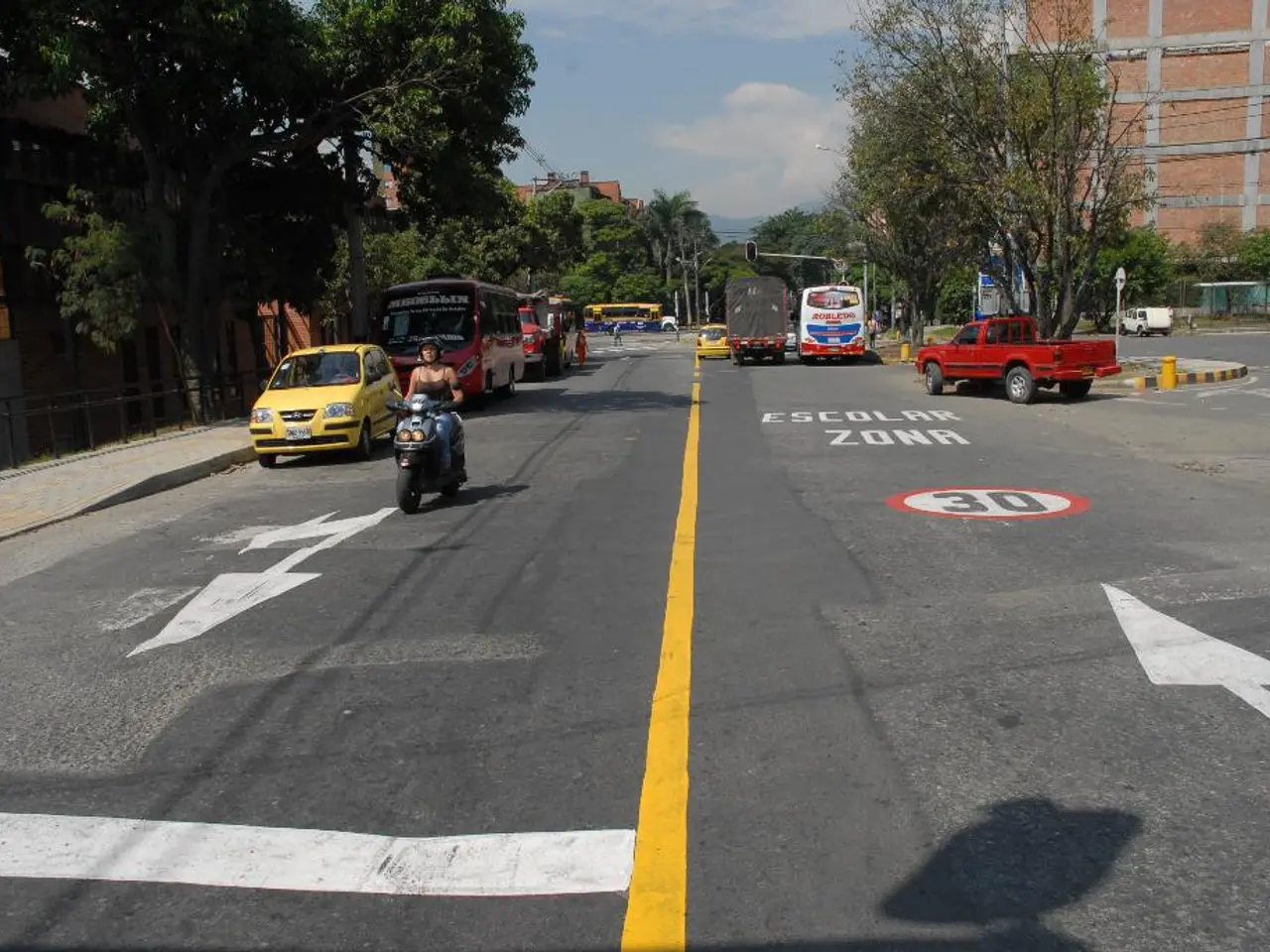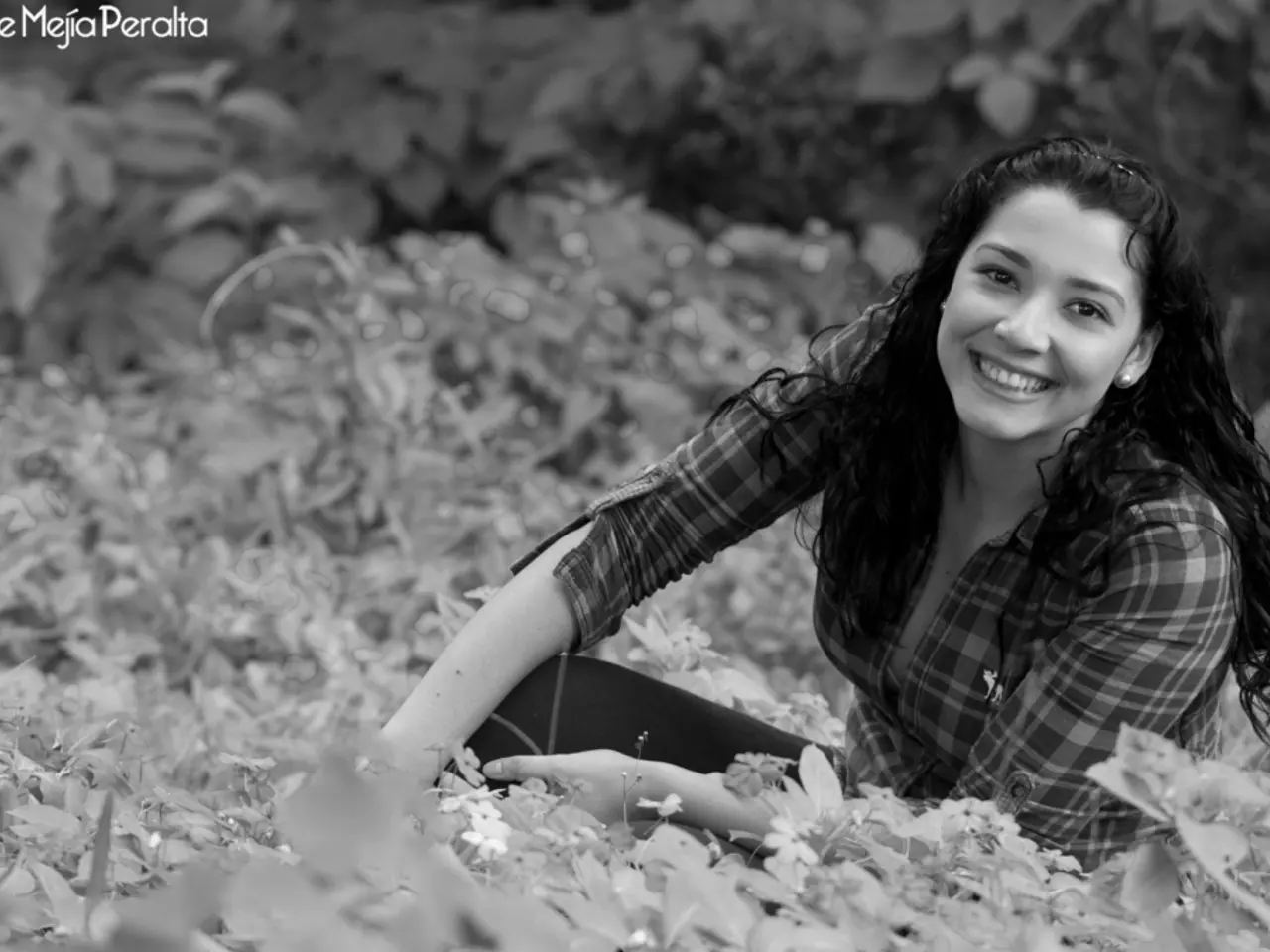Funding Allies for 2025: Earth Keepers Grant Recipients Dedicated to Arts Revival and Indigenous Language Empowerment
Keepers of the Earth Fund Supports Global Indigenous Projects in 2025
The Keepers of the Earth Fund (KOEF), an Indigenous-led fund at Cultural Survival, has announced its partnerships with Indigenous communities worldwide for 2025. The goal is to strengthen Indigenous Peoples' advocacy and community development projects globally.
In 2025, KOEF supported 65 projects in 26 countries, sending funds directly to Indigenous communities, collectives, and grassroots organizations. These projects were designed by the communities themselves, in alignment with their Indigenous values and a rights-based approach consistent with the United Nations Declaration on the Rights of Indigenous Peoples.
Revitalizing Ancestral Arts and Crafts
One of the key areas of focus for KOEF in 2025 was the revitalization of ancestral arts and crafts. The Napu Manka Warmi Association in Ecuador, for instance, used artisanal ceramics as a cultural expression and a means to raise awareness about the harmful effects of extractive industries on Indigenous lands and communities. By turning ceramics into a sustainable economic alternative to extractivism, the project not only preserves cultural heritage but also empowers the community economically.
Strengthening Indigenous Languages and Community Participation
Another significant area of focus was the strengthening of Indigenous languages and community participation in defending their territories. The Ayoquezco Cultural Committee in Mexico, for example, is teaching Disé, a variant of the Zapotec language, to boys and girls in four primary schools. This project not only promotes language preservation but also empowers the community to defend their territories effectively.
Supporting Grassroots Indigenous Initiatives
KOEF also provided small grants (up to around $8,000 USD per project) to grassroots Indigenous initiatives that align with Indigenous values and promote equitable resource distribution to advance self-determined goals. The Tuteayen tse süngun in Chile, for example, is conducting linguistic immersion retreats to revitalize the Mapuzugun language among the Williche people.
Centering Indigenous Leadership and Autonomy
KOEF's partnership objectives also emphasize centering Indigenous leadership and autonomy in advocacy and community development. Projects like the Pumaq Wasin Textile Cultural Center in Peru and the Wangala Udjapan Committee in Bangladesh reflect Indigenous priorities and cultural practices rather than externally imposed solutions.
In conclusion, the 2025 partnership objectives of the Keepers of the Earth Fund emphasize cultural revitalization, territorial defense, sustainable livelihoods, language preservation, and Indigenous-led advocacy supported through direct funding and long-term collaborative relationships. These projects not only strengthen Indigenous communities but also contribute to the preservation and promotion of diverse cultures worldwide.
[1] Cultural Survival. (n.d.). Keepers of the Earth Fund. Retrieved from https://www.culturalsurvival.org/our-work/keepers-earth-fund [2] Cultural Survival. (n.d.). Napu Manka Warmi Association. Retrieved from https://www.culturalsurvival.org/our-work/indigenous-peoples-support/napu-manka-warmi-association [3] Cultural Survival. (n.d.). Ayoquezco Cultural Committee. Retrieved from https://www.culturalsurvival.org/our-work/indigenous-peoples-support/ayoquezco-cultural-committee [4] Cultural Survival. (n.d.). Tuteayen tse süngun. Retrieved from https://www.culturalsurvival.org/our-work/indigenous-peoples-support/tuteayen-tse-sungun [5] Cultural Survival. (n.d.). Wangala Udjapan Committee. Retrieved from https://www.culturalsurvival.org/our-work/indigenous-peoples-support/wangala-udjapan-committee [6] Cultural Survival. (n.d.). Pumaq Wasin Textile Cultural Center. Retrieved from https://www.culturalsurvival.org/our-work/indigenous-peoples-support/pumaq-wasin-textile-cultural-center
[1] The education and self-development of Indigenous communities were supported by the revitalization of ancestral arts and crafts, such as the Napu Manka Warmi Association's project in Ecuador, which used artisanal ceramics as a means of cultural expression and economic empowerment.
[2] Similarly, the preservation and strengthening of Indigenous languages are crucial aspects of both cultural education and community participation, as demonstrated by the Ayoquezco Cultural Committee's project in Mexico, which teaches Disé, a variant of the Zapotec language, to local children, thus facilitating effective territorial defense.




